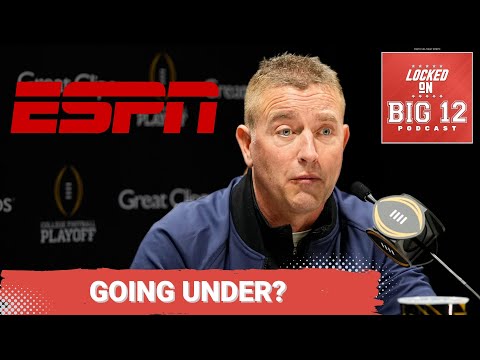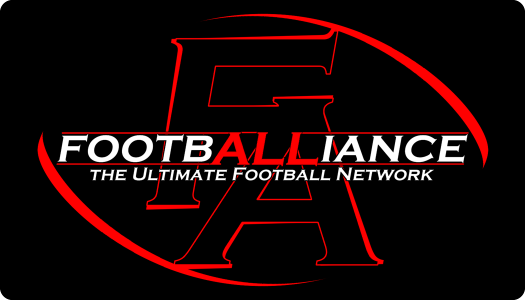 0
0
- Big 12
- Locked On CFB
- Neutral Media
- YouTube
- + Show More
This is an automated post onto our collaborative platform by Locked On Big 12 from YouTube
If the video doesn't load/isn't available, you can watch HERE on YouTube
Find out how you can earn by sharing this content!
Here's why ESPN and FOX might be running out of money, or at least finding themselves in a tighter financial squeeze:
Escalating Bidding Wars for Premium Content: Amazon and Netflix (along with Apple, Google/YouTube, and others) have entered the live sports arena with deep pockets and a strategic imperative to acquire exclusive, high-value content to drive subscriptions and engagement.
Amazon Prime Video has secured NFL "Thursday Night Football" and recently acquired a significant portion of NBA rights starting 2025-26.
Netflix is making inroads with deals like WWE's "Monday Night Raw" and NFL Christmas Day games, signaling a growing appetite for live sports.
This new competition means traditional broadcasters are no longer just bidding against each other; they're up against tech companies whose primary revenue streams aren't solely reliant on linear TV advertising or traditional cable bundles. This pushes rights fees ever higher.
Cord-Cutting and Declining Linear TV Revenue: The fundamental business model for ESPN and FOX has historically relied on lucrative carriage fees from cable and satellite providers, augmented by advertising revenue. However, the accelerating trend of cord-cutting means fewer households are subscribing to traditional pay-TV bundles.
As viewership migrates to streaming, the revenue base for linear channels erodes, putting pressure on their ability to justify ever-increasing rights fees for content that fewer people are accessing via traditional means.
The High Cost of Streaming Transition: To adapt to the "cord-cutting" era, ESPN and FOX are heavily investing in their own direct-to-consumer (DTC) streaming services (ESPN+, Fox Sports' digital offerings, and the recent joint venture with Warner Bros. Discovery). Building and maintaining a robust streaming infrastructure, acquiring exclusive digital rights, and marketing these services is incredibly expensive. This diversion of capital impacts what can be allocated to traditional linear TV deals.
Content Fragmentation and "Subscription Fatigue": While streamers are eager for content, their entry has led to sports being fragmented across multiple platforms. Fans now often need multiple subscriptions to follow their favorite teams or leagues. This can lead to "subscription fatigue," where consumers become reluctant to add more services, potentially limiting the overall growth of the streaming market's ability to endlessly fund skyrocketing rights.
While the SEC's deal with ESPN and the Big Ten's deals with FOX, CBS, and NBC are massive (totaling billions annually), these agreements were largely struck before the full impact of aggressive streaming competition became apparent or as part of a strategic defensive play. As these deals approach their expiration dates (e.g., Big Ten in 2029, SEC in 2034), ESPN and FOX will be operating in an even more competitive and financially constrained environment, potentially capping the massive increases seen in previous cycles. The era of seemingly infinite growth in sports media rights, driven solely by traditional broadcasters, may be leveling off due to the relentless pressure from new-age streaming giants.
Follow & Subscribe on all Podcast platforms…
🎧 https://link.chtbl.com/LOBig12?sid=YouTube
Locked On College Conferences, HBCU, Basketball & More
🎧 https://linktr.ee/LockedOnCollege
Follow on Twitter: https://twitter.com/drakectoll
Follow the show on Twitter: https://twitter.com/LOBig12












